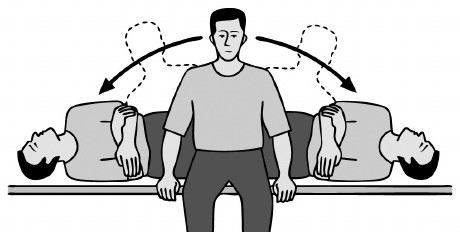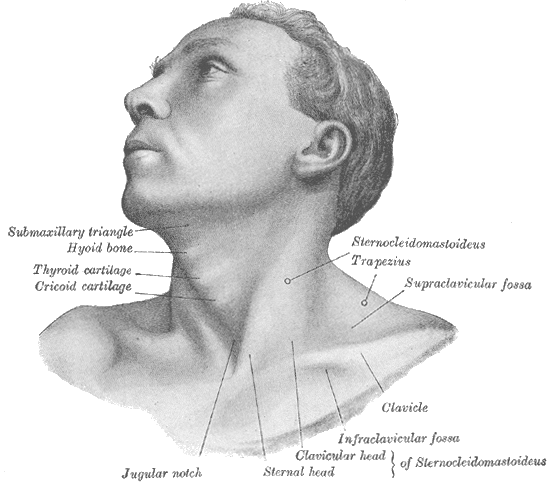Enhance your health with free online physiotherapy exercise lessons and videos about various disease and health condition
Brandt Daroff Exercises
What are Brandt Daroff exercises?
Brandt Daroff exercises are used for the treatment of Benign Paroxysmal Positional Vertigo (BPPV). They succeed in 95% of cases but are more arduous than the Epley manoeuvre. These exercises are performed in three sets per day for two weeks. In eachset, one performs the manoeuvre below five times.
What is the benefit of doing the exercises?
The exercises can stop the dizzy spells experienced by BPPV sufferers. It is not clear why the exercises work, some evidence suggests that the exercises help to relocate the loose crystals that cause the dizziness in the first place, whereas other evidence suggests that repeated exposure to the feeling of dizziness reduces its intensity.
What are the risks or disadvantages?
The exercises are likely to provoke dizziness, therefore should be performed in a safe environment, preferably with another person present. Some people find it difficult to perservere with the exercises but the exercies have a good success rate.
Are there any alternatives to performing these exercises?
There are alternative manoeuvres that can be used to treat BPPV, so as an Epley manoeuvre. Your specialist may perform an Epley manoeuvre with you in clinic and then recommend Brandt-Daroff exercises for you to use at home as these are easier to perform unsupervised.
How to do Brandt Daroff exercises

- 1. Start sitting upright on the edge of the bed.
- 2. Turn your head 45 degrees to the left, or as far as is comfortable.
- 3. Lie down on your right side.
- 4. Remain in this position for 30 seconds or until any dizziness has subsided.
- 5. Sit up and turn head back to centre.
- 6. Turn your head 45 degrees to the right, or as far as is comfortable.
- 7. Lie down on your left side.
- 8. Remain in this position for 30 seconds or until any dizziness has subsided.
- 9. Sit up and turn head back to centre.The above description is one repetition.
References
- http://www.ncuh.nhs.uk/our-services/brandt-daroff-excercises-quick-guide.pdf
- Archives of Otolaryngology, Brandt & Daroff ‘Physical Therapy for Benign Paroxysmal Positional Vertigo’, 1980
- NHS Evidence Clinical Knowledge Summaries, ‘Benign Paroxysmal Positional Vertigo’, February 2011
The exercises should be performed in a set of 5 repetitions. They should be performed three times a day for two weeks.
Suggested schedule
- Morning 5 repetitions
- Afternoon 5 repetitions
- Evening 5 repetitions
If the dizziness persists after 2 weeks you may require a further appointment.
Prognosis
In most people, complete relief from symptoms is obtained after about 10 days. In approximately 30% of patients, BPPV will recur within one year. If BPPV recurs, you may wish to add one set of exercises to your daily routine.
Similar Pages
Recent Articles
|
Author's Pick
Rating: 4.4 Votes: 252 |




